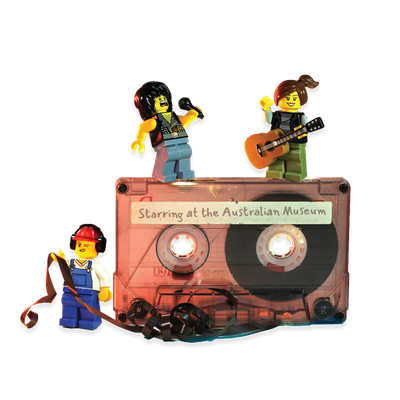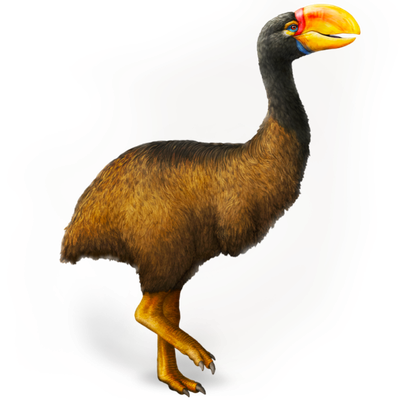Your search returned 2817 results
By Page Type
By Tag
- fish (966)
- blog (696)
- fishes of sydney harbour (401)
- First Nations (299)
- Blog (236)
- AMRI (169)
- archives (164)
- Eureka Prizes (146)
- Aboriginal and Torres Strait Islander (135)
- insect (126)
- Ichthyology (124)
- geoscience (109)
- minerals (102)
- climate change (100)
- podcast (94)
- Fish (91)
- Anthropology (89)
- International collections (80)
- Minerals Gallery (78)
- wildlife of sydney (78)
- Labridae (77)
- frog (74)
- gemstone (70)
- history (64)
- photography (64)
- Mollusca (60)
- gem (59)
- staff (59)
- Birds (56)
- Gems (56)
- Indonesia (56)
- education (56)
- shark (55)
- AMplify (54)
- people (53)
- earth sciences (50)
- past exhibitions (50)
- exhibition (49)
- Gobiidae (48)
- sustainability (46)
- Pomacentridae (45)
- Serranidae (44)
- lifelong learning (42)
- science (42)
- Earth and Environmental Science (41)
- Syngnathidae (41)
- Ancient Egypt (40)
- Bali (40)
- bird (40)
- dangerous australians (40)
-
Homo ergaster
https://australian.museum/learn/science/human-evolution/homo-ergaster/Homo ergaster was the first of our ancestors to look more like modern humans. These people were generally tall and slender and may also have been relatively hairless. Not everyone accepts this species name, some still prefer to use the term African Homo erectus.
-
Homo habilis
https://australian.museum/learn/science/human-evolution/homo-habilis/The earliest of our ancestors to show a significant increase in brain size and also the first to be found associated with stone tools.
-
Homo neanderthalensis – The Neanderthals
https://australian.museum/learn/science/human-evolution/homo-neanderthalensis/Neanderthals co-existed with modern humans for long periods of time before eventually becoming extinct about 28,000 years ago. The unfortunate stereotype of these people as dim-witted and brutish cavemen still lingers in popular ideology but research has revealed a more nuanced picture.
-
Australopithecus bahrelghazali
https://australian.museum/learn/science/human-evolution/australopithecus-bahrelghazali/This species lived about 3.6 million years ago and is the first from the genus Australopithecus to be discovered outside of southern and eastern Africa.
-
Homo rudolfensis
https://australian.museum/learn/science/human-evolution/homo-rudolfensis/This early human lived about 2 million years ago, but its place on our family tree is debated.
-
Ardipithecus kadabba
https://australian.museum/learn/science/human-evolution/ardipithecus-kadabba/This early hominin lived over 5 million years ago in East Africa.
-
Ardipithecus ramidus
https://australian.museum/learn/science/human-evolution/ardipithecus-ramidus/Discovered in the 1990s, this is one of the earliest of our hominin ancestors yet discovered.
-
When and where did our species originate?
https://australian.museum/learn/science/human-evolution/when-and-where-did-our-species-originate/Our species, Homo sapiens, has now spread to all parts of the world but it's generally believed that we originated in Africa by about 200,000 years ago. We interacted with local archaic human populations as we colonised the globe.
-
How do we affect our evolution?
https://australian.museum/learn/science/human-evolution/how-do-we-affect-our-evolution/We are the only living things that have the ability to counter the forces of evolution. In the past, our ancestors relied on genetic adaptations for survival. Today, technology, rather than biology, has become the key to our survival as a species.
-
How do we know if they could speak?
https://australian.museum/learn/science/human-evolution/how-do-we-know-if-they-could-speak/All animals communicate. However, only humans communicate through language, which can be written, spoken or signed. The enormous benefits of language have allowed us to teach others, pass on our culture, discuss the past and future, and promote social relationships.
-
Discover more
2025 Australian Geographic Nature Photographer of the Year
Special exhibition
Free entry
Now open -
Discover more
Unfinished Business
Special exhibition
Free entry
Now open -
Find out more
Surviving Australia
Permanent exhibition
Free entry
Now open![]()
-
Find out more
Burra
Permanent kids learning space
Free entry
10am - 4.30pm![]()
-
Discover more
Minerals
Permanent exhibition
Free entry
Open daily![]()





